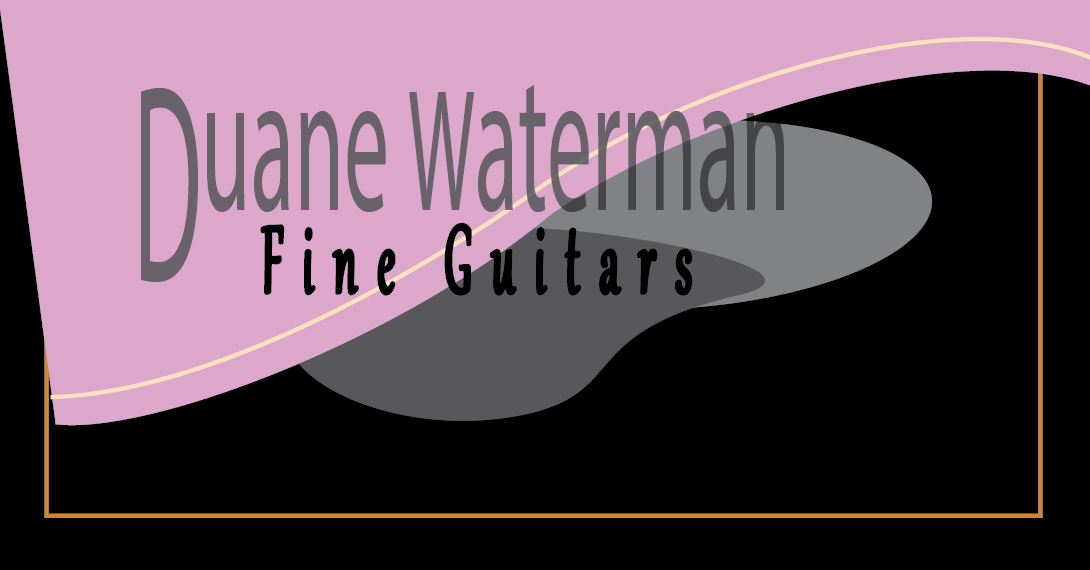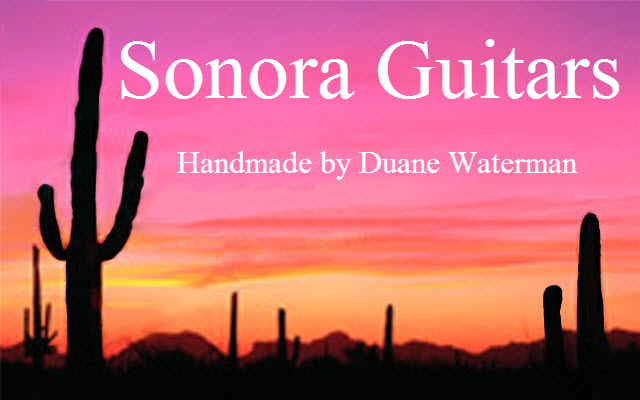Lacote Style Romantic Guitars
Lacote Style Romantic Guitars
In studying the evolution of guitars from the earliest vihuelas to the current concert instruments it is fascinating to see the slow consistent changes to body size and shape, to the scale length, materials, strings, tuning mechanisms, plate thicknesses, and particularly, top bracing ideas and patterns. I believed that I would have a better understanding where guitar making is now and where it is going (hopefully) by actually building some of these earlier instruments. I have made no vihuelas but I have made a couple Baroque guitars that are still being used in early music groups.
But making these Romantic period instruments feels more meaningful to me as a modern builder because these instruments are closer to our current instrument and because the music of that period is in most every guitarist’s repertoire. Most guitarists play pieces by Sor, Aguado, Mertz, Guiliani and other composers of the period. I have not found a classical guitarist that is not intrigued with the opportunity to play those pieces on these more authentic instruments. And a Romantic period guitar is an obvious complement to a classical guitarist’s arsenal of instruments.
Deluxe instruments are planned for the near future with Brazilian rosewood bodies and more elaborate decorations.
The smaller instrument pictured here is a Terz model - shorter scale tuned to G. A smaller instrument like this was common, used in ensemble with the larger guitars and other instruments of the period.
Basic Lacote style instrument as pictured here figured maple body and either tuning pegs or gears - with a hardshell case
$3900
More deluxe model with Brazilian rosewood body and more decorative trim, geared tuners in a slotted head - with hardshell case
$4900


